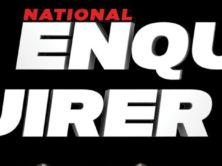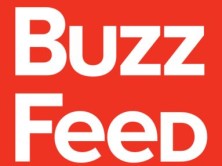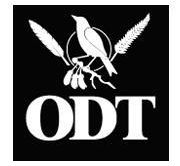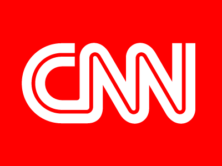
(Credit: Illustration by London Shearer Allen)
Of course, the headline for this story is a riff on Buzzfeed’s typical story format. But despite the winning entertainment value and clicks generated from this approach, the editorial guidances just published for journalists to adhere to are straightforward. The guide gives the impression its publishers want to practice good journalism by using industrywide ethics and editorial standards.
BuzzFeed released the principles it wants its journalists to live to Jan. 30. In publishing the guidelines, BuzzFeed said it wanted to “provide context and support for staffers” as well as provide transparency and accountability for readers.
“These standards were shaped in conversations with our writers and editors and colleagues in the industry, and we expect them to evolve as they’re tested,” BuzzFeed executive editor for news Shani O. Hilton said in her report on the guide. Hilton added that the guidelines only “provide principles, rather than offer specific answers toe very possible ethical question that arises.”
BuzzFeed divided its guide into
- Sourcing,
- BuzzFeed reporters shouldn’t use user-edited sites like Wikipedia as sources but can treat them as “places to begin research, not to finish it.”
- Corrections, Updates, Deletions, and Errors
- Don’t delete content
- Legal and Ethics,
- BuzzFeed legal should vet “serious or potentially damaging allegations.”
- Editorial and Business Relationship
- There should be a separation between advertising and editorial: news shouldn’t report on ads on BuzzFeed “unless they are genuinely newsworthy.”
Some highlights from the BuzzFeed Editorial Standards and Ethics Guide:
1. Reporting on Polls
An unusual guideline tells journalists how to properly report on polls and surveys.
The poll advice recommends checking or a detailed methodology, potential conflicts of interest, question wording, and verifying poll reports. The standards state:
“For polls: How, precisely, were the questions worded? Never take information directly from a press release. Instead, ask the authors for a copy of the actual study or poll. In informational and entertainment polls that are conducted by BuzzFeed editorial, don’t suggest that results reflect a scientific sample. The data journalism team is available to assist staffers who have questions about data.”
2. How to Ethically Embed Social Media
It’s OK to embed Instagram and Twitter posts, but BuzzFeed should check with users especially in sensitive reports. Specific guidelines state:
“We often embed Instagram images and tweets in news and entertainment. But in the case of sensitive subjects — sexual assault, LGBT, and racial oppression, for example — we should be aware of and respectful to the fact that many ostensibly public Twitter users consider themselves part of distinct communities. Outside of breaking news situations, writers are encouraged to contact Instagram and Twitter users when embedding a photo or a tweet on a sensitive subject. Contacting the user has the added benefit of giving the story more context for the reader. In cases where identifying the user is inappropriate but the content is still newsworthy, screenshots with the name and image blurred are fine.”
3. Don’t Unpublish
BuzzFeed shouldn’t unpublish stories because of complaints or even if there are two versions of the same story by different writers, the guidelines add.
Even if stories are false because they were based on a hoax, BuzzFeed shouldn’t delete. Instead, writers should update the story and headline to reflect the errors.
But BuzzFeed writers can scrub portions of posts if they are “incorrect or obsolete.”
4. Attribute, Don’t Plagiarize
Just six months after BuzzFeed fired editor Benny Johnson for 41 counts of plagiarism, the standards include guidance for plagiarism and attribution.
“To plagiarize is to trick the reader. Nothing may be copied, pasted, and passed off as one’s own work, including press releases,” but staff can quote from press releases.
For attribution of quotes, BuzzFeed said if information is told the BuzzFeed, staff should say that, or if it was from another source, staff must indicate by including a link and attributing the information to that outlet.
5. Anonymous Sources
BuzzFeed can use anonymous sources with no “arbitrary number of anonymous sources required to verify a story,” but readers should be told why the source gets anonymity.
6. No Quote Approval
Staff shouldn’t let sources have quote approval or see stories before publication. However, BuzzFeed laid out an exception: “There are rare exceptions to the quote-approval rule, particularly in countries where that practice is the norm — but writers should push back as a first response, and discuss with an editor before agreeing,” it wrote.
7. No Paying for Stories and No Freebies
Checkbook journalism isn’t allowed.
Writers must disclose any review material or sample products used in reporting . But staff shouldn’t take freebies for travel unless it is both disclosed and “with cause and approval from a manager.”
8. Label Graphic Content.
Graphic content should be labeled to warn readers and can be published.
For example, “Images that show blood, gore, or violent abuse should be covered with the graphic overlay tool, allowing readers to click if they wish to see the images.” Profanity is allowed.
iMediaEthics has written to BuzzFeed for more information about the creation of the guidelines.





